Gustine, in southeastern Comanche County, was settled about 1873 by H. H. Blankenship and M. B. Odell. The first settlement, which was called Old Evergreen, was about three-quarters of a mile northeast of the present site. The post office was established on January 6, 1888, with Samuel Gustine, for whom the town is named, as first postmaster. Religious services were held under a tree until a union church was built. The first store was built in 1889. In the early 1890s the town was moved to its present site to take advantage of a newly opened road between Comanche and Hamilton. By 1895 the town had eight or ten residences, a school, a cotton gin, a corn mill, and a general store. Aided by the arrival of the Cotton Belt line (officially known as the St. Louis Southwestern Railway of Texas) in 1911, Gustine thrived; its three churches, two banks, one newspaper, and other businesses served a population of 900 in 1914. The next year Gustine was incorporated. In 1940 its population was only 409, but it remained at roughly that level through the mid-1960s. The community's population reached a low of 324 in 1980, but by 1986 a population of 416, a bank, eight other businesses, and a post office were reported there. In the 1980s Gustine was an agricultural community with an economy based on cattle, goats, hogs, grain, peanuts, pecans, and fruits. In 1990 the population was 430.This is main street.
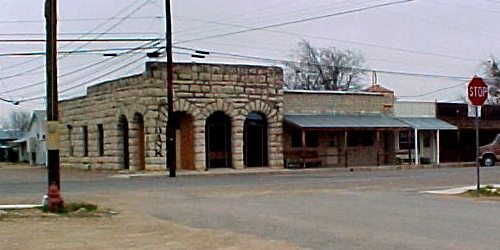
This is the First National Bank in Gustine.
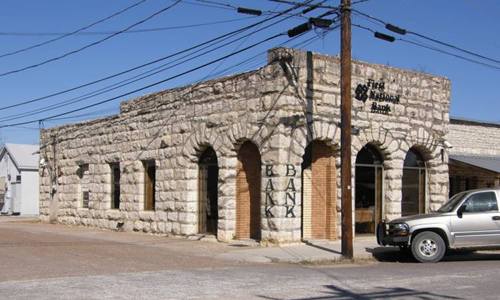
This Union Cemetary is about 2 miles from my house. It has some very old graves and is home to several Confederate Soldiers.
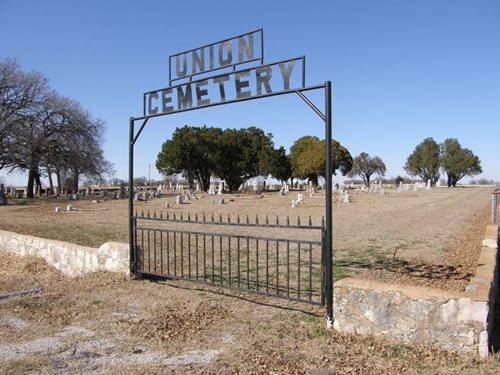
This building is vacant but was built with petrofied wood and rocks. And apparently it was Christmas when this photo was taken because of the sleigh and reindeer decoration.
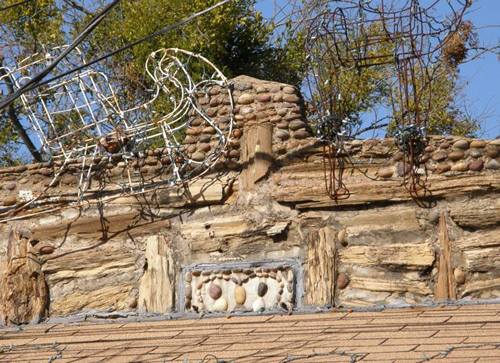
As you can see this building is vacant as are many down Main Street. Not sure what used to be here.
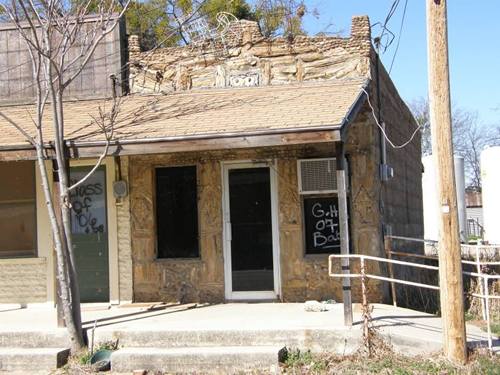
My next post will be about Comanche County. There is a lot of history in this county. I will do some research and blog about my findings. Stay tuned for your next history lesson.











1 comment:
Hi Jennifer, what is the history of the cute shack that is on the right side as you are coming into Gustine from Hamilton?
Post a Comment